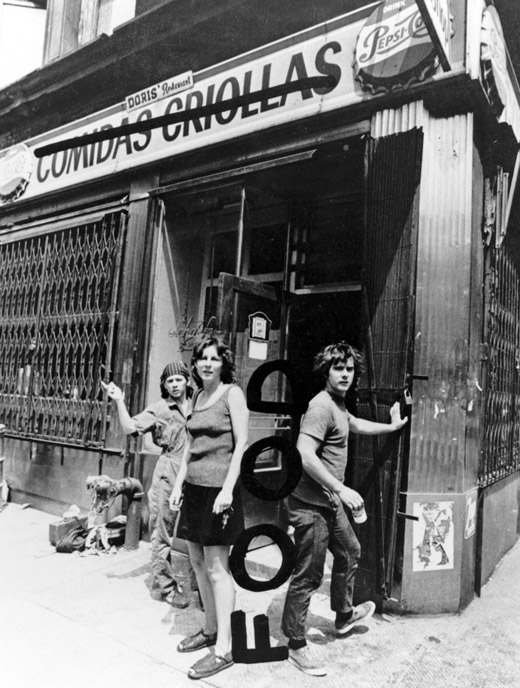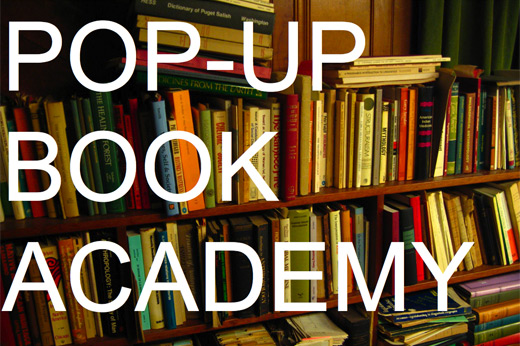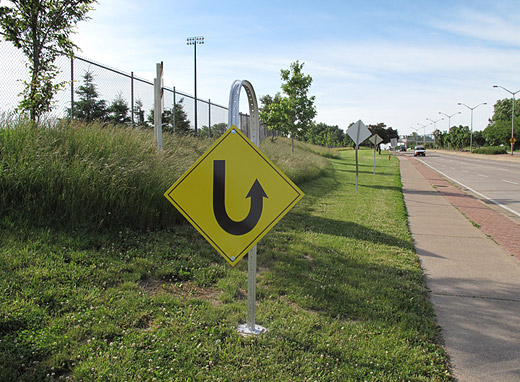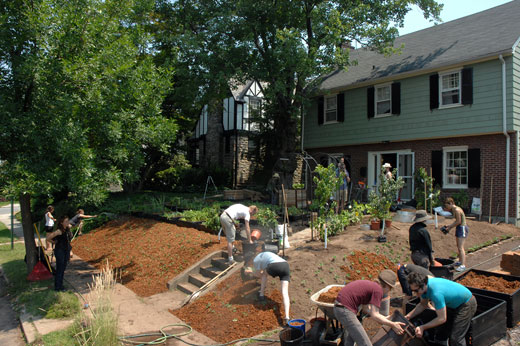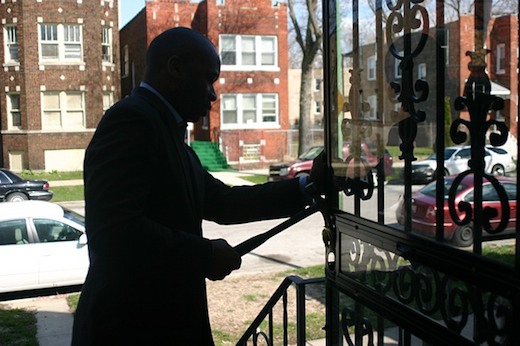
Theaster Gates is an artist, an activist, a community instigator and organizer, a repairman, a homeowner, and a believer in the importance of a neighbourhood. His art practice, which sits somewhere between and amongst all of those titles all at once has led to him buying an old candy store in Chicago’s South Side and beginning to renovate it into a home and a cultural anchor.
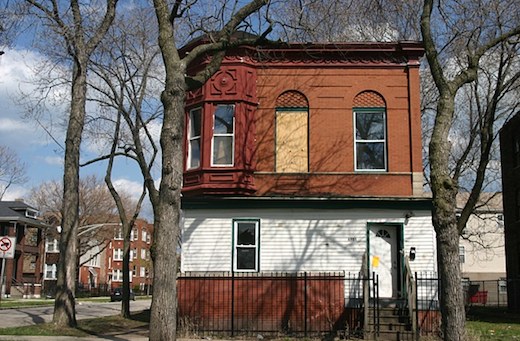
At the corner of 69th and Dorchester, Gates’ home / workspace became a hub for neighbourhood activity. He says that, “As the neighbors grew more interested, I decided to allow them to assist, when possible and have given classes, workshops, public dinners and even exhibitions in the space. Dorchester has been an informal lab for social and community experiment.”
His decision to stay and work in his city has become a catalyst for other activity, and a reason for other people to stay as well. So, I can’t help but feel that we probably need to find even more ways to turn the BCL HQ into a hub of even more activity before something else in the balance collapses and we lose the space. Maybe we need to have weekly sleepovers?
[via Art21]
